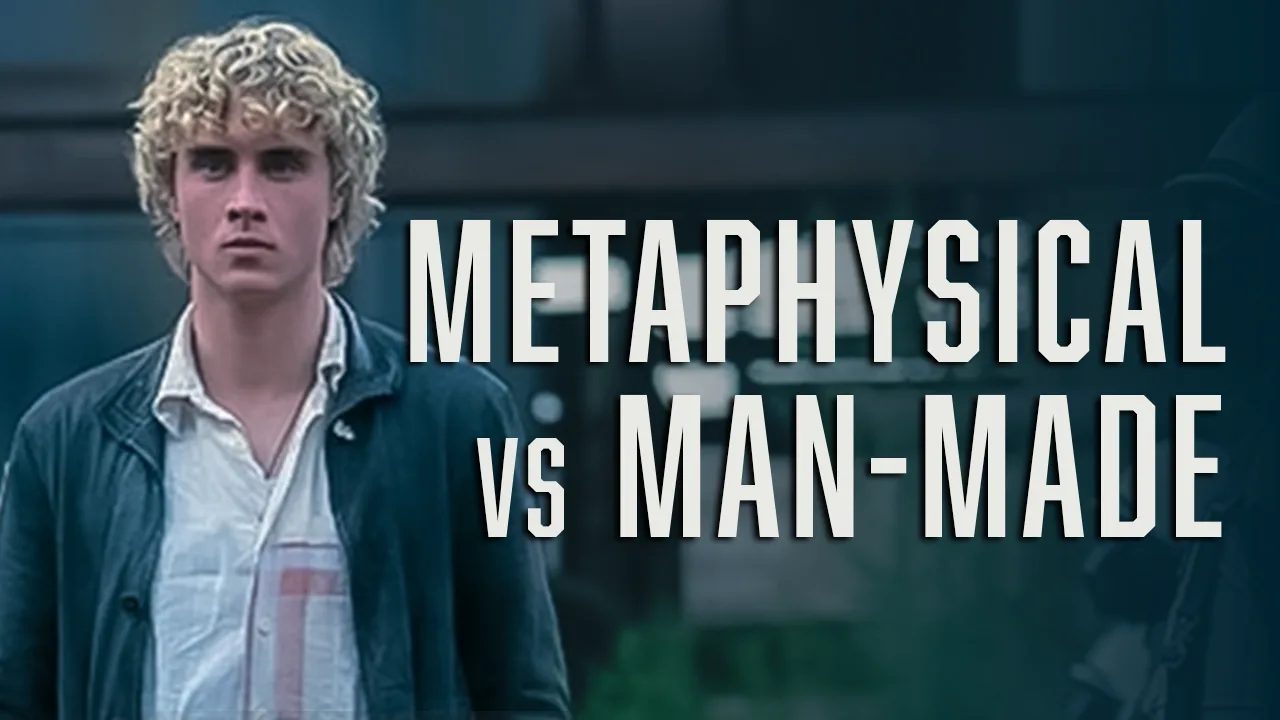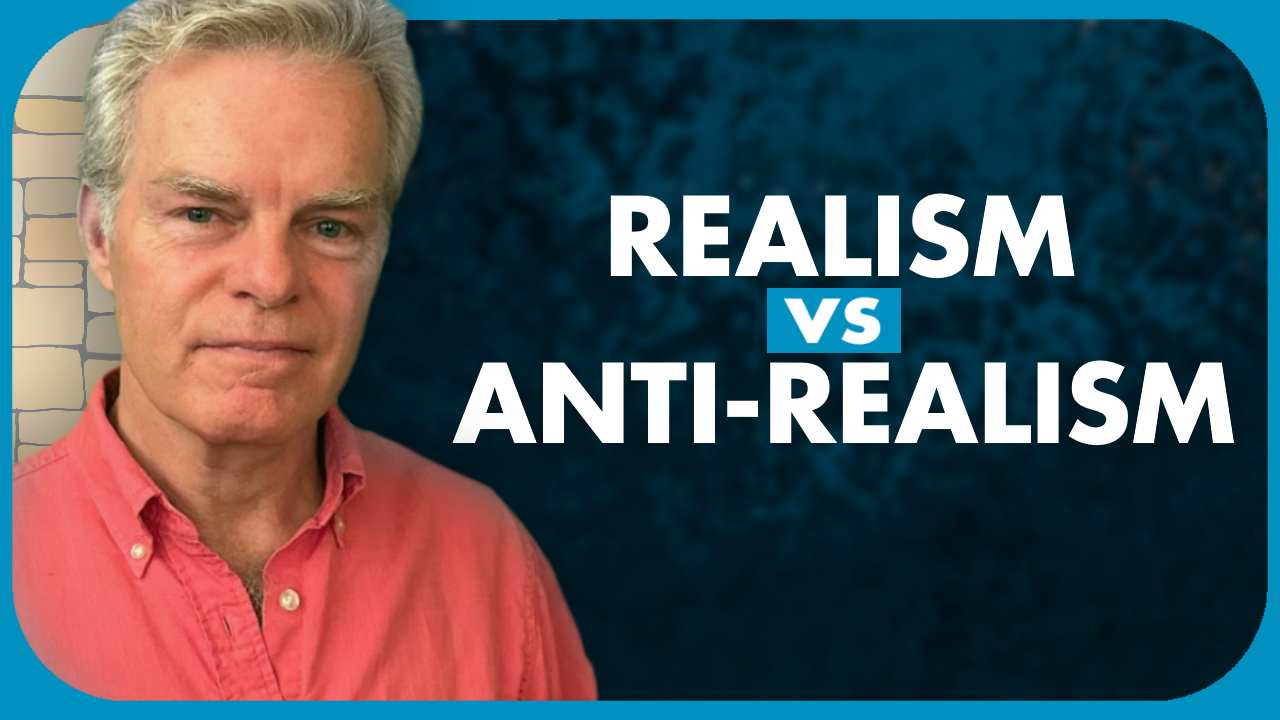I’ve spent much of my life wondering why I’m so different from other people. At school, when most kids were excited about sports and music, I was learning about astronomy and transportation. When I was six, I still couldn’t ride a bike, read a digital clock, or read the date—but I could explain all about the origins of the solar system. A teacher once told my parents, “he finds hard things easy and easy things hard.” If I was interested in a subject, I excelled at it, but if I wasn’t, I couldn’t succeed, however hard I tried. Throughout my teens, my emotional oversensitivity and inability to make myself understood got me into constant trouble.
Although I brought many of these problems under control as I got older, I was still baffled about why my brain seemingly works differently from “normal” brains. Then, well into my thirties, a close friend suggested I might have ADHD. I’d always resisted such labels, not wanting to be defined by a condition, but I trusted her advice, so I looked into it. Since then, I’ve studied ADHD thoroughly, and I am now positive I have it. That study has enabled me to understand my ADHD symptoms and what I can do about them. One helpful resource in this respect has been Dr. Tamara Rosier’s book Your Brain’s Not Broken: Strategies for Navigating Your Emotions and Life with ADHD.
ADHD (formerly ADD) stands for “attention deficit hyperactivity disorder.” By adding the “H,” psychologists crucially recognized that ADHD (which neurologists believe is caused by an underactive prefrontal cortex) is not just about lacking attention, but rather hyperfocusing attention on certain things.
Rosier gives helpful insight into this hyperactivity aspect of ADHD, noting that it often doesn’t express in an outwardly visible “hyper” attitude. “In fact,” she writes, “the vast majority of adults with ADHD are not overtly hyperactive, though they are hyperactive internally” (185). This can take the form of chronic, irrational worrying and overthinking. I had always assumed that such worrying was normal—until others told me they don’t experience it. Thanks to Rosier encouraging me to introspect about my thoughts and emotions, I am now more able to identify and reduce such anxieties—which I experience about everything from awkward conversations to international border crossings, even when there is no justification for them.
Another aspect of ADHD hyperactivity is an intense focus on things you find interesting. This focused state can last for hours (poor awareness of time is also an ADHD trait), during which you completely forget other priorities. Rosier attributes this to what psychiatrist William Dodson called an “interest-based nervous system.” Rosier defines this as being “motivated by our level of interest in something rather than its importance and priority” (84). However urgent a problem may be, if it’s not interesting, I find myself much more motivated to do something that is. Here, too, she helped me integrate what I thought was a common behavior into my emerging understanding of ADHD.
One of Rosier’s most powerful tools for dealing with this is her “Solve-it Grid” (107). This arranges tasks and activities into four quadrants along two axes: “fun” to “not fun” and “high stimulation” to “low stimulation.” Many ADHD people hyperfocus on tasks either because they’re fun and offer high positive emotional stimulation when we’re bored (such as buying exciting new things), or provide comfortable low stimulation activities when we’re over-stimulated, such as “Wikipedia rabbit holes.” Correspondingly, we avoid high negative stimulation activities such as noisy environments or potentially embarrassing situations (even such simple things as telephone calls). The Solve-It Grid enables readers to identify the causes of feelings that otherwise feel natural and automatic. This identification is a key step to changing those feelings or even, as Rosier suggests, intentionally manipulating them by, for example, designing games to make a mundane activity such as grocery shopping more intellectually stimulating.
The Solve-it Grid is a good example of Rosier’s approach throughout the book: helping readers identify behaviors that are caused by ADHD and recognize that they bear no responsibility for having it—but encouraging them to actively take control and do something about it. Unlike those who say that ADHD is just laziness, or those who treat it like an inescapable curse and let it define their lives, Rosier recognizes that nobody chooses to have ADHD, but that those with it are capable of using their volition to build a flourishing life with it.
To this end, she greatly emphasizes the oft-misunderstood emotional component of ADHD. She describes how ADHD people experience emotions in a more binary, on-off fashion, “like a light switch,” rather than the gradient of feelings others observe (42). Rosier expresses the hope that “if those with ADHD can . . . be aware of what is happening in their emotional landscape, they will be able to better manage their moment-by-moment situations and make informed choices” (136).
ADHD brains are not broken—they simply work differently. In some ways, those differences make life harder, but in other ways, they give us abilities and ways of seeing things that most people never experience. Thanks to Your Brain’s Not Broken, I now understand that ADHD is a major cause of the anxiety and challenges with ordinary life that I experience every day—and of my ability to dive into and memorize interesting subjects in intense detail, which has added so much richness to my life.





